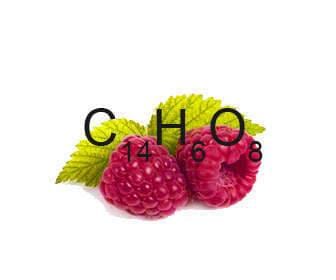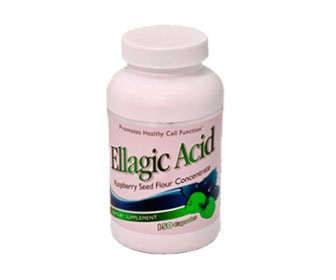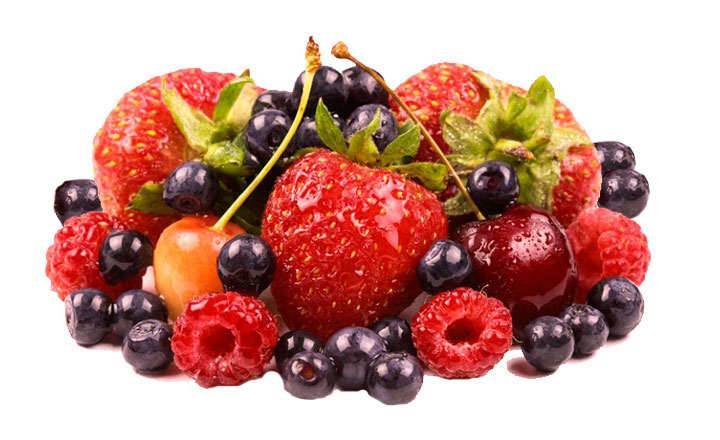Ellagic acid is a polyphenol found in foods such as red fruits and serves as an antioxidant for the skin. It has protective and regenerative properties and is associated with some beverages like grape wine.
It can enhance the body’s response to chronic inflammation, activate beneficial processes against cholesterol, and block free radicals.
What is ellagic acid
Within the category of polyphenols, we can find substances like tannins, flavonoids, and acids. These are important when they enter the digestive system because, once metabolized, they offer antioxidant properties. Therefore, ellagic acid is a molecule that prevents the formation of certain types of cancer and the onset of cardiovascular diseases.
Formula

Once converted, the chemical formula of ellagic acid is C14H6O8, with the CAS number 476-66-7.
Properties
- Antioxidant.
- Skin regenerative.
- Reduces the absorption of non-heme iron from plants.
- Protects against ultraviolet light.
- Known as vitamin P.
- Anti-cancer.
- Promotes natural cellular apoptosis.
- Improves healing of epidermal and dermal tissues.
- Acts as an adjunct to oncology treatments, radiotherapy, and chemotherapy.
- Repels parasites and bacteria.
Benefits as an anti-tumor

It has invaluable value in inducing cellular apoptosis, that is, causing cells to die naturally, preventing uncontrolled growth. This prevents the occurrence of certain types of cancer.
Skin Regenerator
Its properties to induce tissue regeneration and fundamental parts of human health have been studied. One of these is the epidermis. It improves the healing and regeneration of the skin when metabolized, whether from ellagic acid in capsules or from foods.
It has the ability to promote mitochondrial recreation through the body’s beneficial bacteria. This allows better nourishment of the cell and distribution of fatty acids, amino acids, and glucose. Some cosmetics and depigmenting agents include it in their composition, such as Martiderm intensive night depigmenter, while removing the stratum corneum of the skin, nourishing, and repairing.
Additionally, being a natural repellent of viruses, parasites, and bacteria provides protection while the process lasts. It is important for warding off some typical skin infections.
Foods Rich in Ellagic Acid
- Blueberries.
- Raspberries.
- Strawberries.
- Pomegranates.
- Blackberries.
- Kiwis.
- Grapes.
- Chestnuts.
- Walnuts.
- Pecans.
- Oak barrel white wine.
In most red fruits, a variable amount or dose can be found. These are the best foods with ellagic acid. They are the most common, although the presence of EA can also be detected in nuts like chestnuts, walnuts, or pecans.
Other related natural products with good health properties include camu camu, which has few contraindications and is also a large source of vitamin C and promotes bone formation.
The kiwi, in addition to being a food with properties to stimulate the immune system, is also good as a natural antioxidant, working well like astaxanthin. It contains ellagic acid in a good amount, among other things.


Is it contraindicated if I don’t have cancer and I take it? Can I buy the tablets and give them to my daughter who has a hiatal hernia and duodenal gastritis?
Discuss it with your doctor so they can evaluate and monitor it in the medium and long term.
Very well; I’m looking for ellagic acid, please tell me where I can buy it.
What form does this ellagic acid product come in and what is the cost?